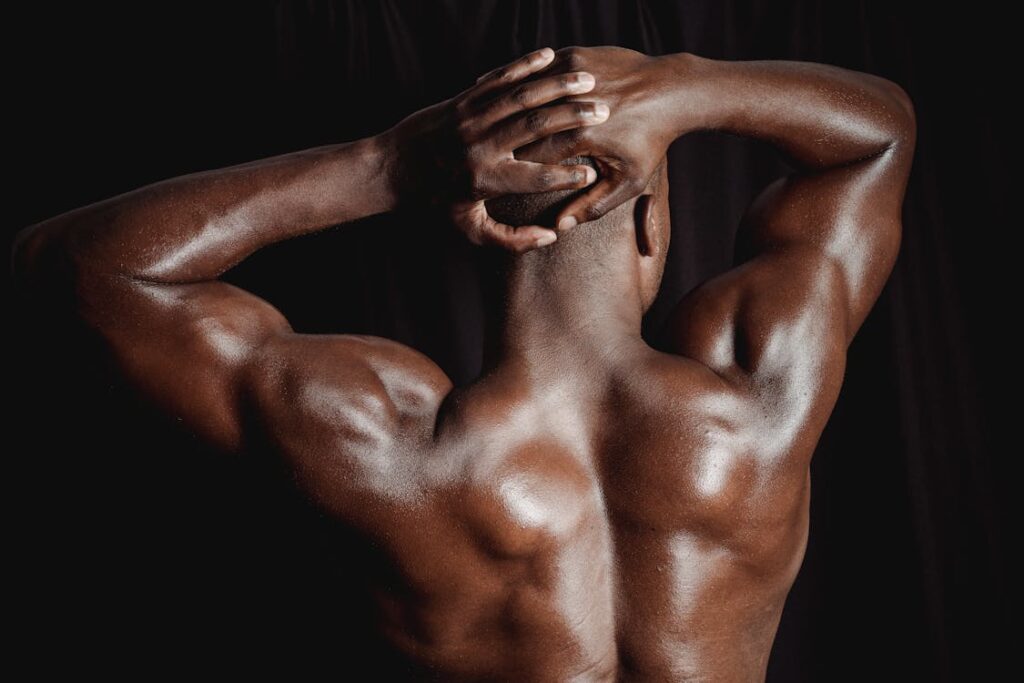
Many lives of men’s body
A man’s body is built over the course of his life to meet the criteria of what is considered “masculine” or “manly” by others. Men are encouraged from an early age to adopt manly gender roles in order to demonstrate that they are superior, strong, and masculine. Despite the fact that bodies are diverse and have many different meanings, talking about the male body can readily conjure up images of a masculine bodily essence. This could imply that there is some type of ‘deep masculinity’ that only men can understand, and that this is a unique quality of men or males. One small example can be how society expects men not to cry. As children boys are taught to be a man and not to cry.
On the other hand, there is another definition or usage of the term “male”: anything that refers to men’s unique social, political, and corporeal bounded experience, including limits, bodies, skin, fluids, leaks, and everything else, all embodied, material, social, and cultural. Though this makes more sense, we should be wary of the word “man” because it is so readily misinterpreted out of context. This is one of the reasons why we prefer to refer to people as ‘men’ rather than ‘males’. We rarely address gendering of male bodies or men’s bodies in what can be called ‘generic’ or gender-neutral assessments of the body, such as of the individual body.
Men are often assumed to be preoccupied with a “perceived lack of muscle,” whereas in reality, male body image is far more complicated. Men across all cultures are under pressure to pump up their physique and slim down, resulting in a combination of lean, massive muscle, much as today’s society expects women to grow leaner with statuesque features. Unhealthy male body image, on the other hand, is not limited to the average college student. We don’t know much about the frequency of this problem among men and boys as a culture because body image is historically thought to be a ‘female problem.’ Males can suffer from body dissatisfaction just as much as women, yet we may pay less attention to male body image because men are less vocal about their issues.
As woke as today’s society is, it is still not fully aware of the issues men face. Topics such as body image are usually associated with women. That is probably the reason that women are more open about the issues they face. It is more rare for men to openly discuss their struggles with their body. In adolescence men are expected to grow a beard and learn the ‘manly chores’ like changing a tire, plumbing, etc. Therefore, when they become an adult they are expected to do the manly chores like mowing the lawn, building, etc. while the women are supposed to know cooking. Thus, overall there are many lives of
men’s bodies.
